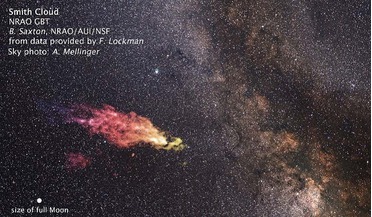 01 February 2016
Enormous gas cloud on a collision course with the Milky Way
01 February 2016
Enormous gas cloud on a collision course with the Milky Way
... to plough into the Milky Way's disk, however when it does astronomers believe it will ignite a spectacular burst of star formation, perhaps providing enough gas to make 2 million suns. Discovered in the early 1960s by doctoral astronomy student Gail...
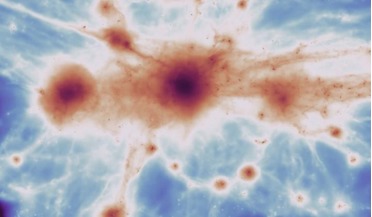 04 October 2019
Have ancient filaments helped uncover the nature of dark matter?
04 October 2019
Have ancient filaments helped uncover the nature of dark matter?
...other way around - it is the web-like filaments which fuelled the formation of clusters of galaxies and galaxies which grew in pockets of dense ...pockets of gas providing the fuel for intense star formation and the growth of super massive black holes ...
 November 2018
How many people does it take to colonise an exoplanet?
November 2018
How many people does it take to colonise an exoplanet?
... the Astronomical observatory of Strasbourg, France, where he carries out research on the formation and evolution of black holes. He has been selected to lead observations of galaxies ... large amounts of gas but little or no ongoing star formation.
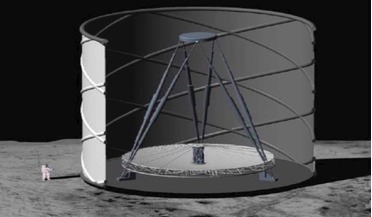 18 November 2020
Astronomers want to revive idea for ‘Ultimately Large Telescope’ on the Moon
18 November 2020
Astronomers want to revive idea for ‘Ultimately Large Telescope’ on the Moon
... point and this telescope is “perfect for that problem,” he said. With a chance to study the entire cosmic star formation history, Schauer, Drory and Bromm, are proposing that the astronomical community revisit this shelved plan...
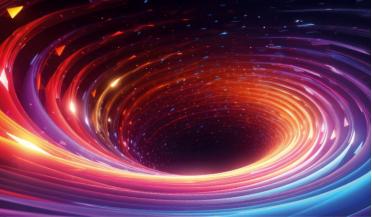 April 2024
Rotation in the Universe
April 2024
Rotation in the Universe
... patches of light. Tell-tale signs of recent star formation, these glowing regions lead to M61’s classification as...galaxy stage to end up as spiral galaxies is a very different formation scenario to that which is generally assumed. If there is merit...
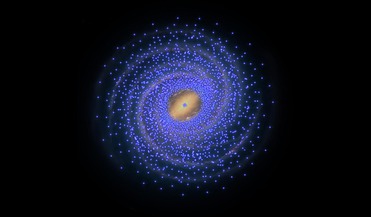 02 August 2016
Astronomers detect large void in the centre of our Galaxy
02 August 2016
Astronomers detect large void in the centre of our Galaxy
...The current results indicate that there has been no significant star formation in this large region over hundreds of millions years. ... new Cepheids are helping us to better understand the formation and evolution of the Milky Way,” explains co-author ...